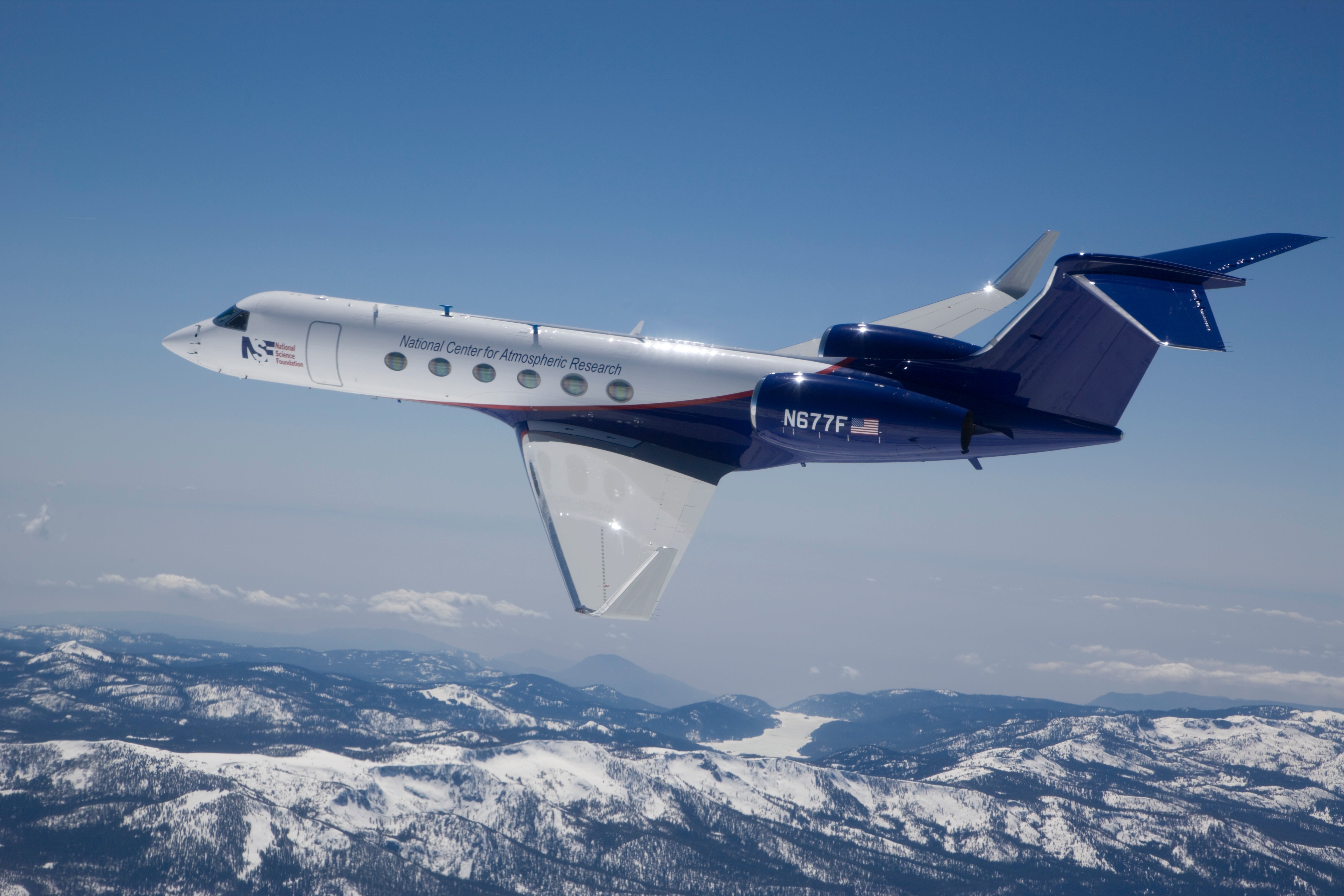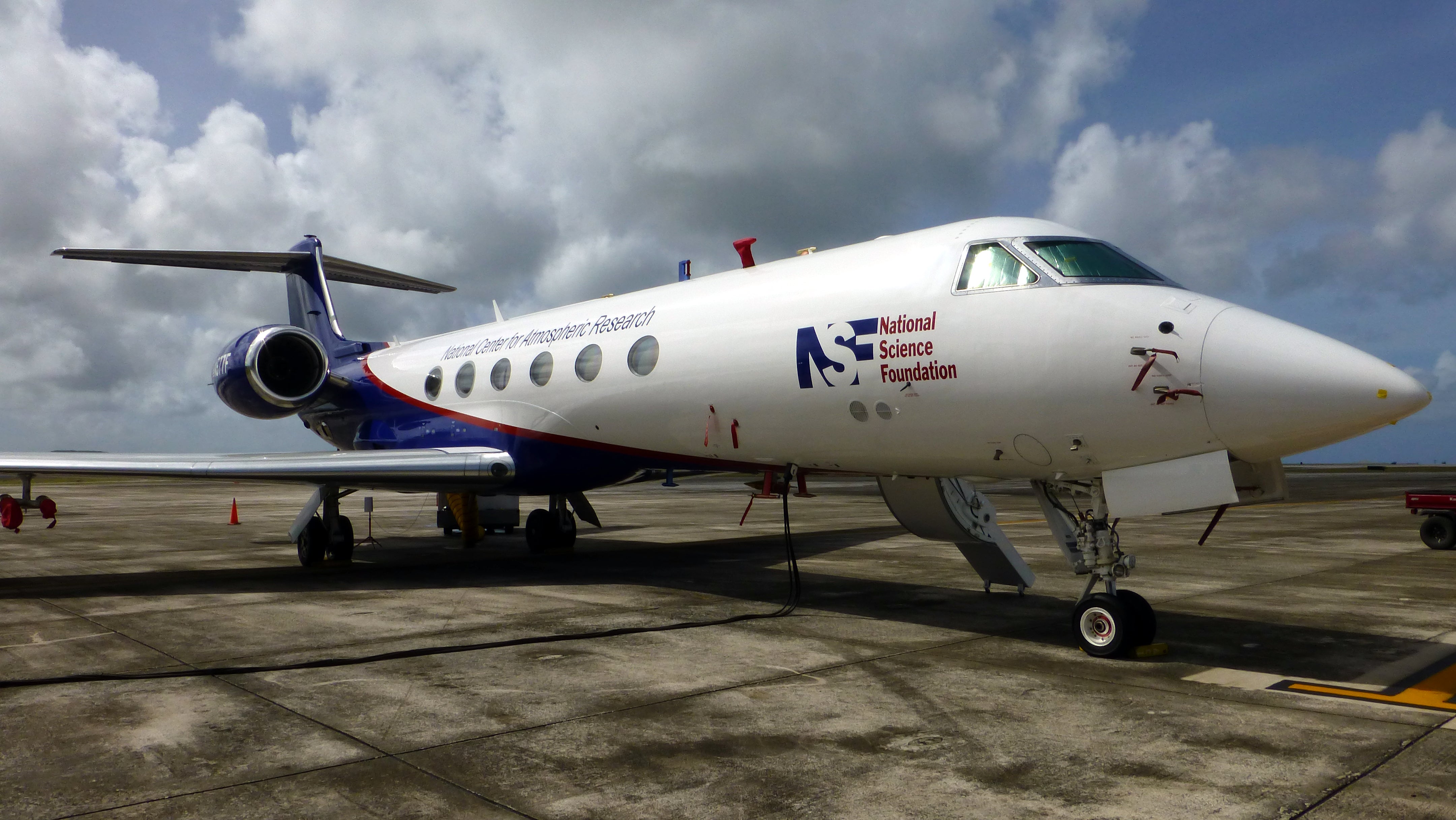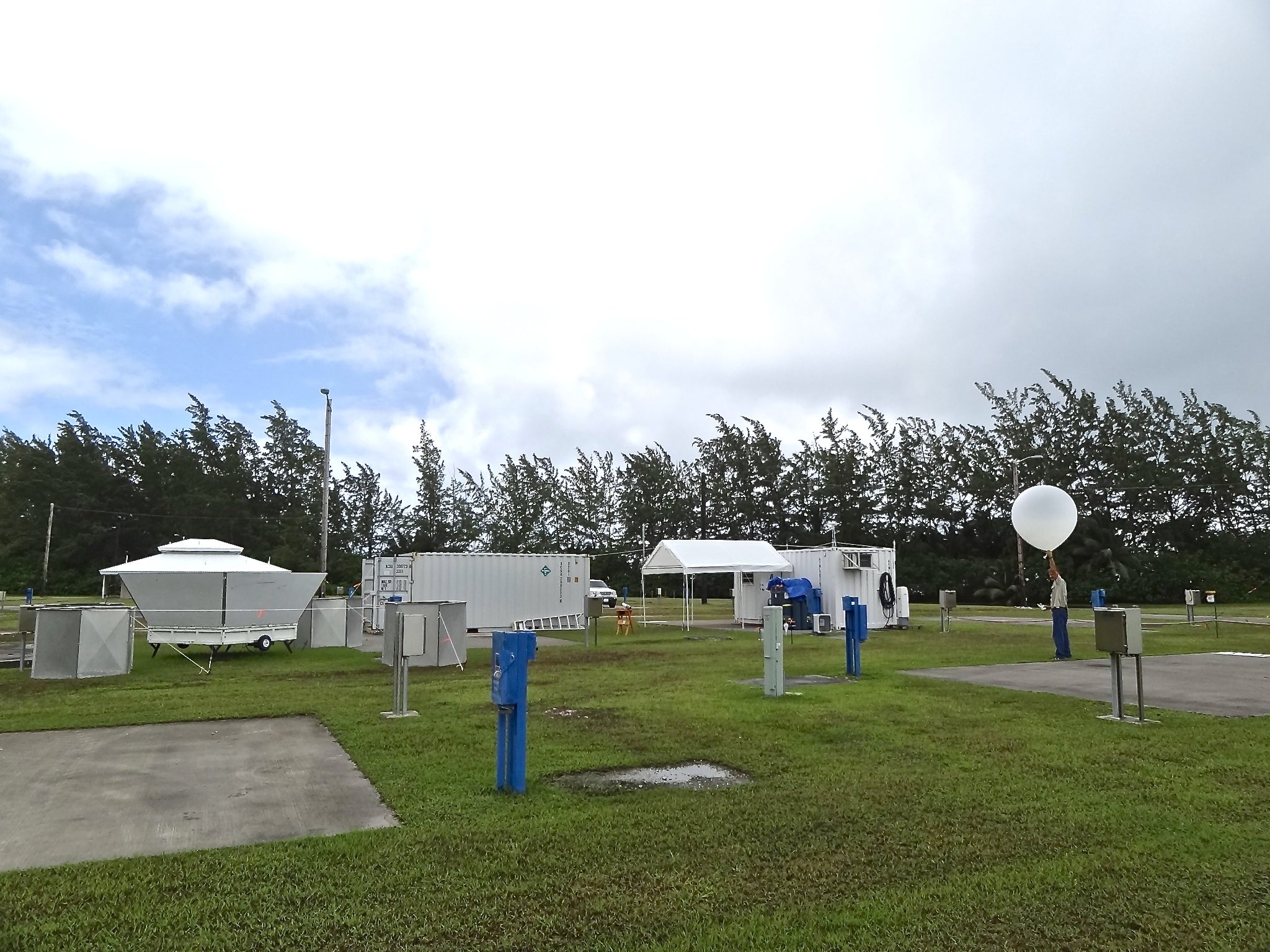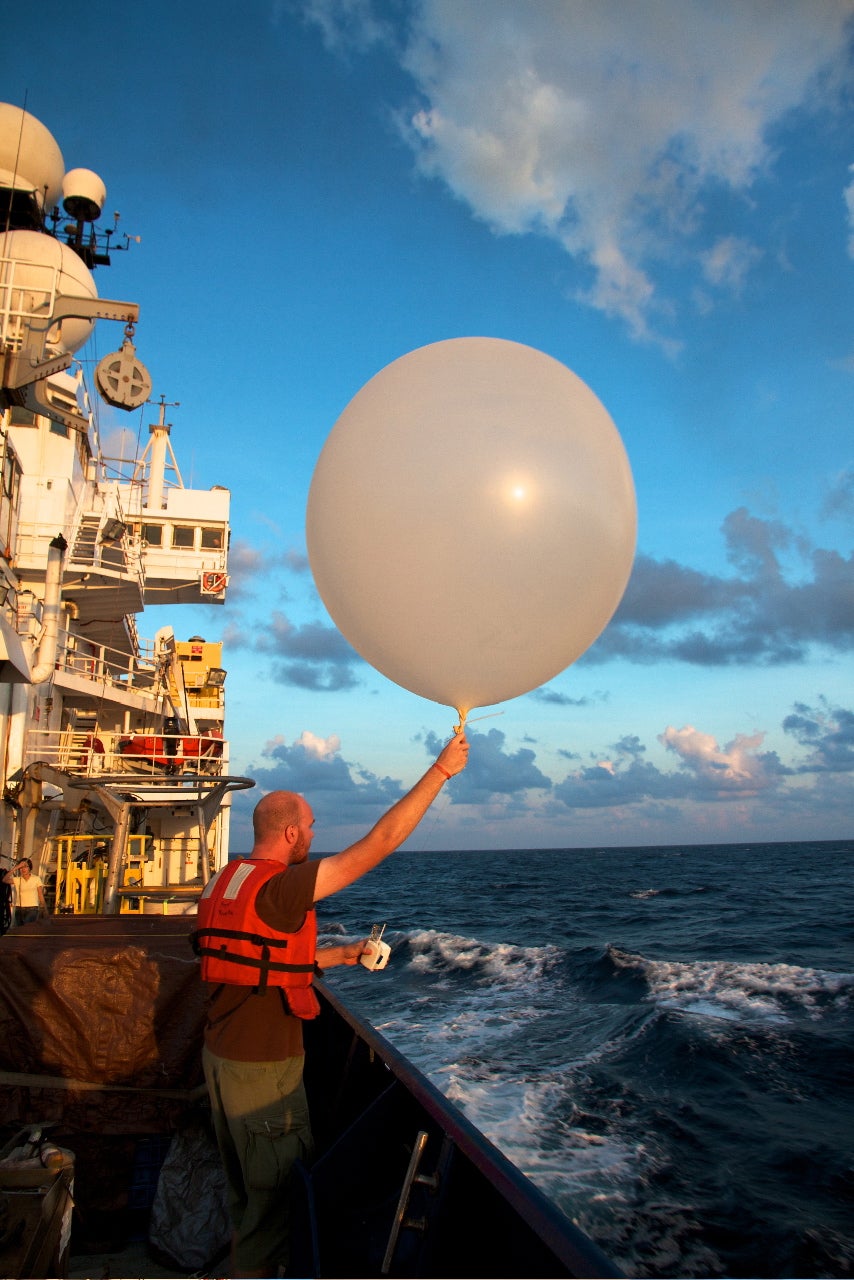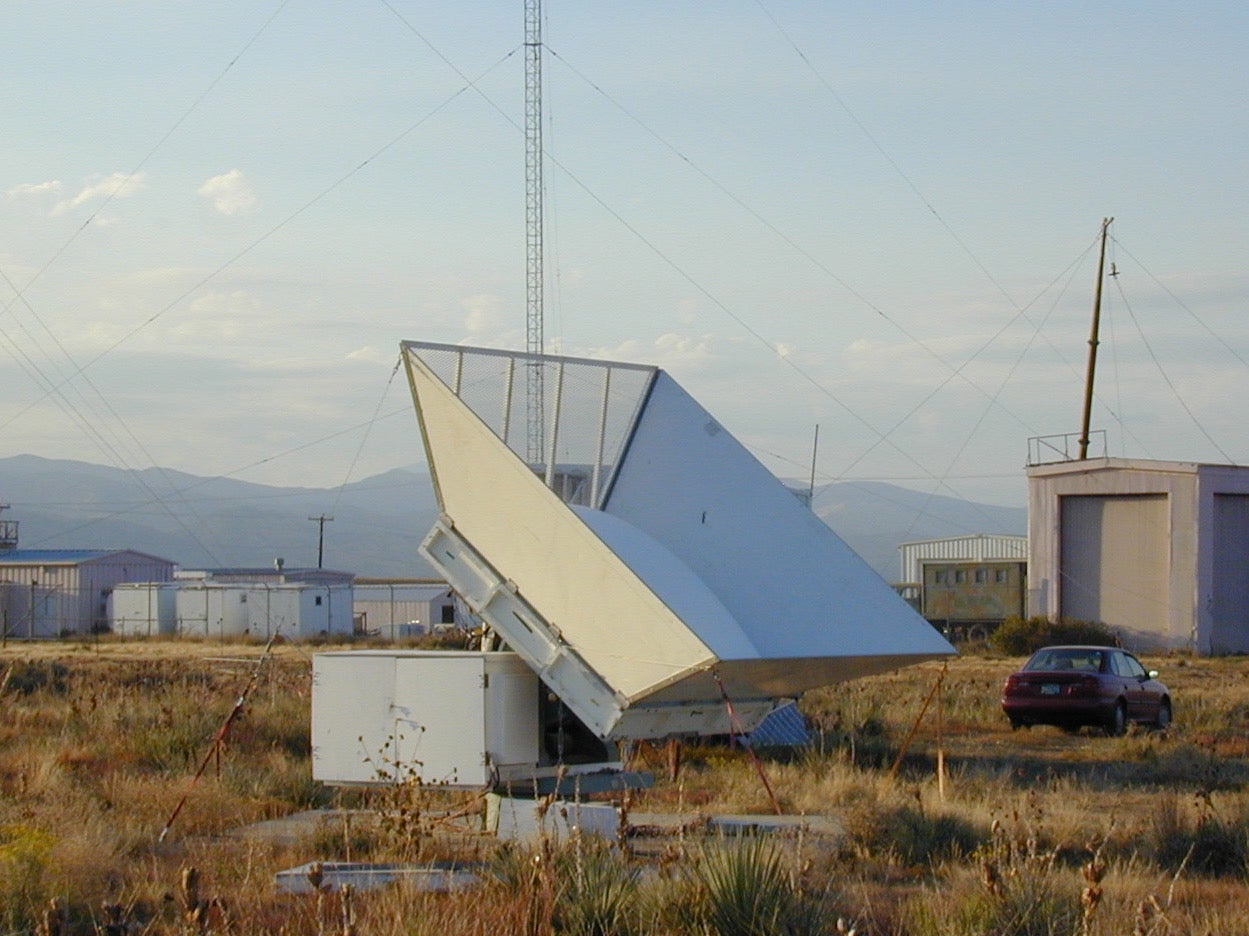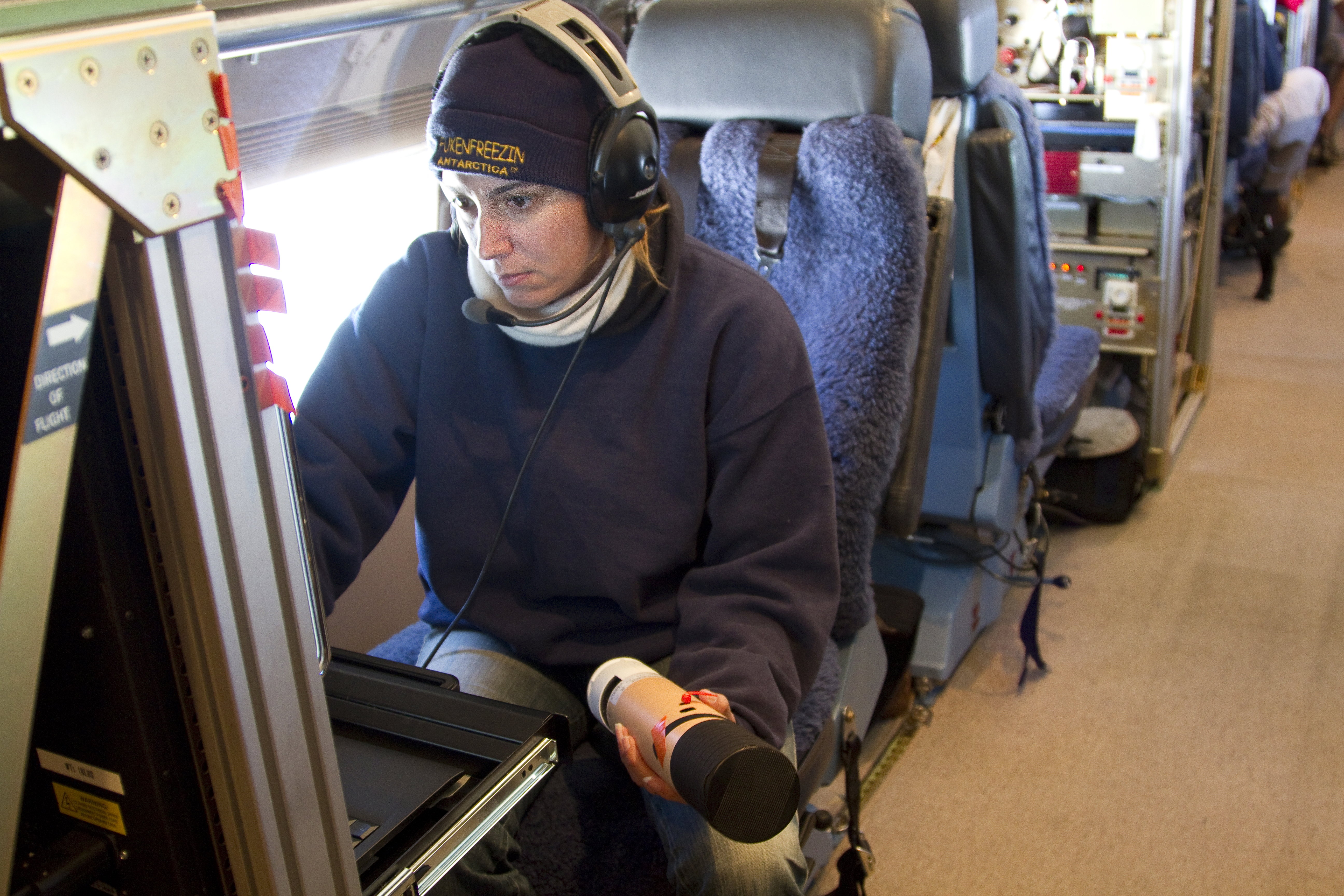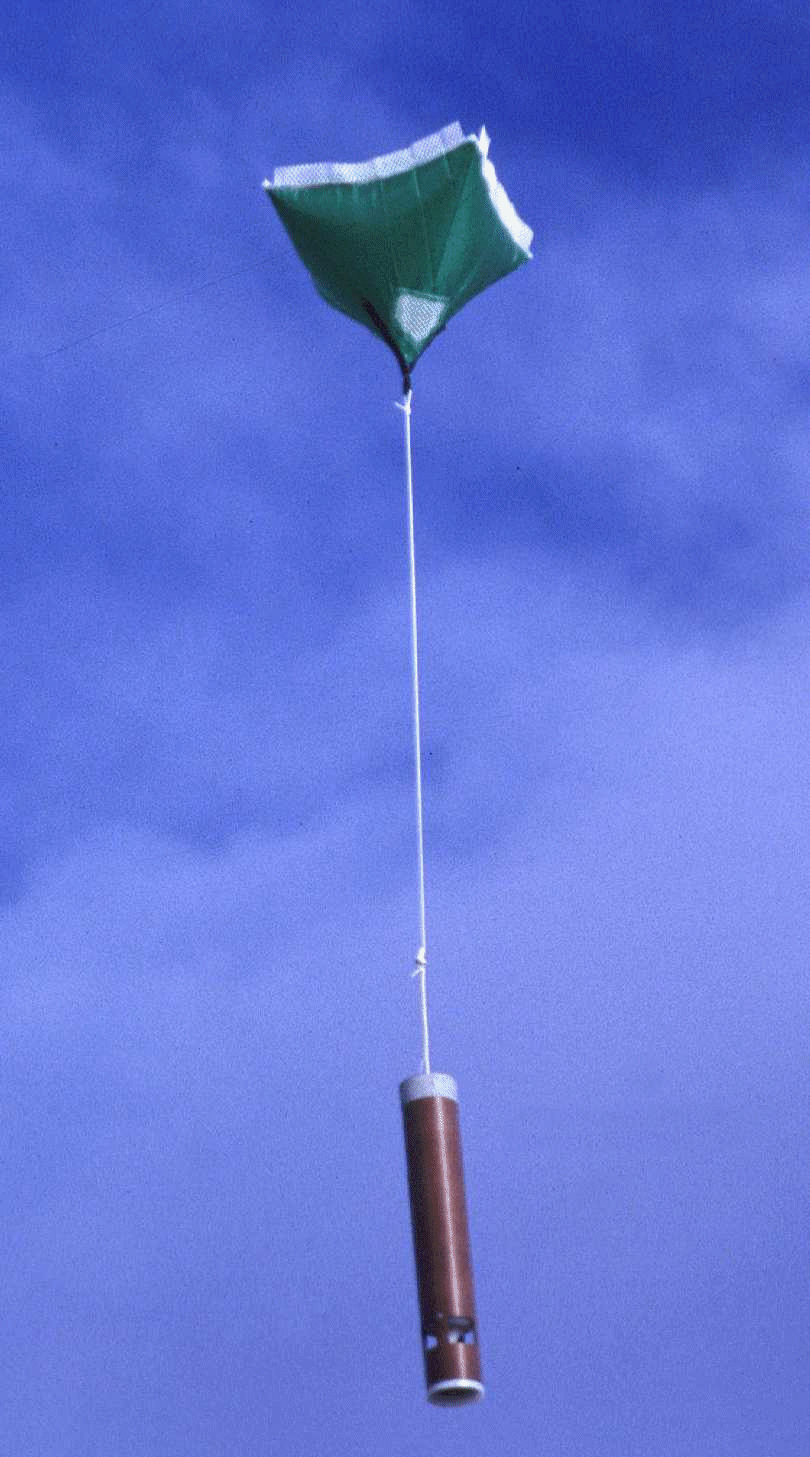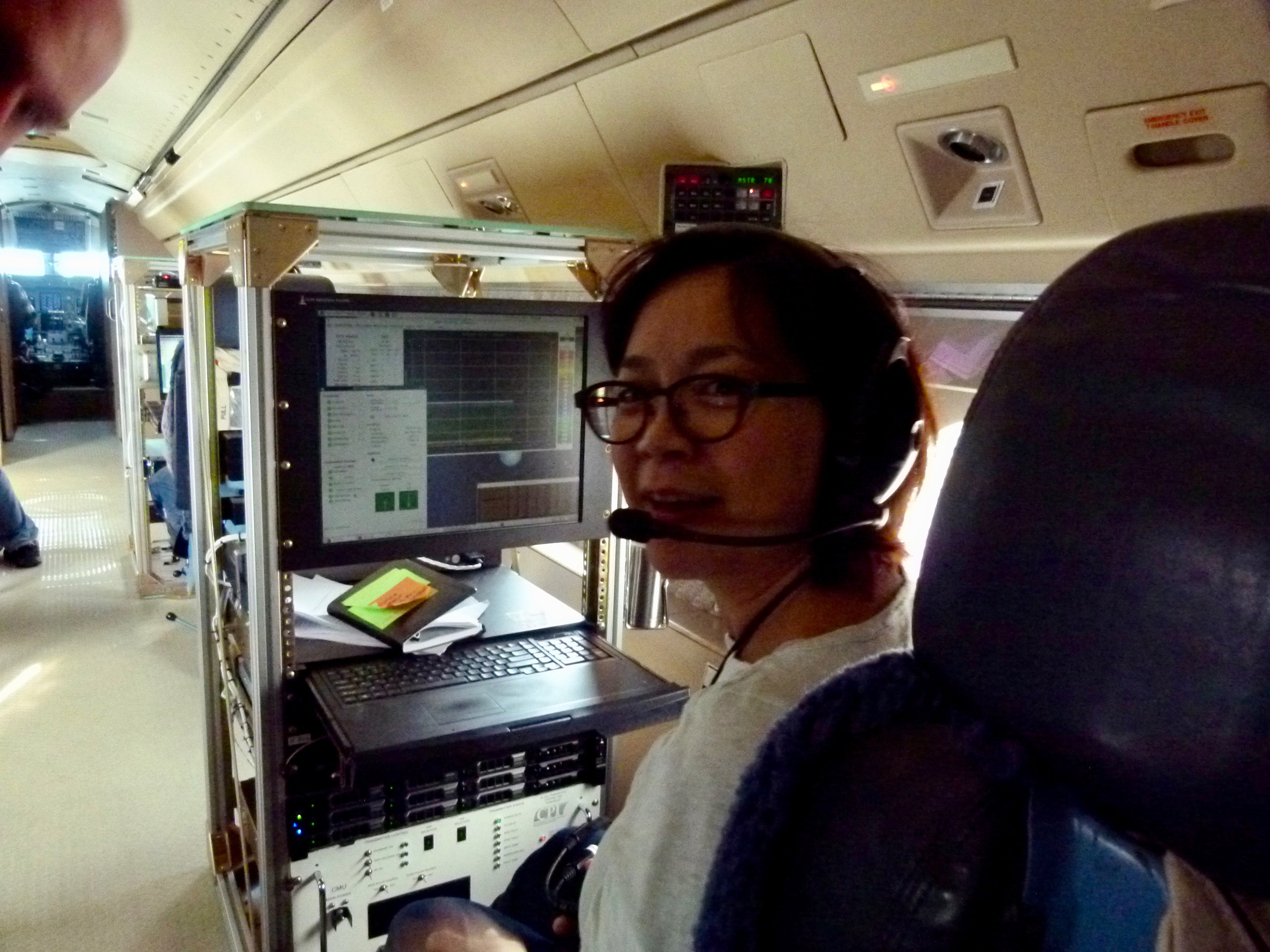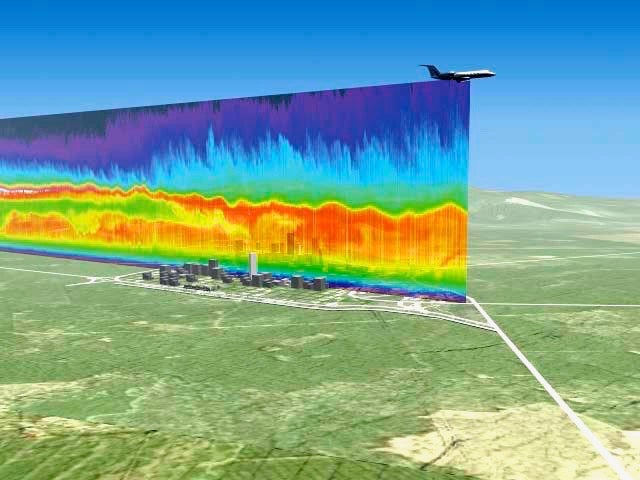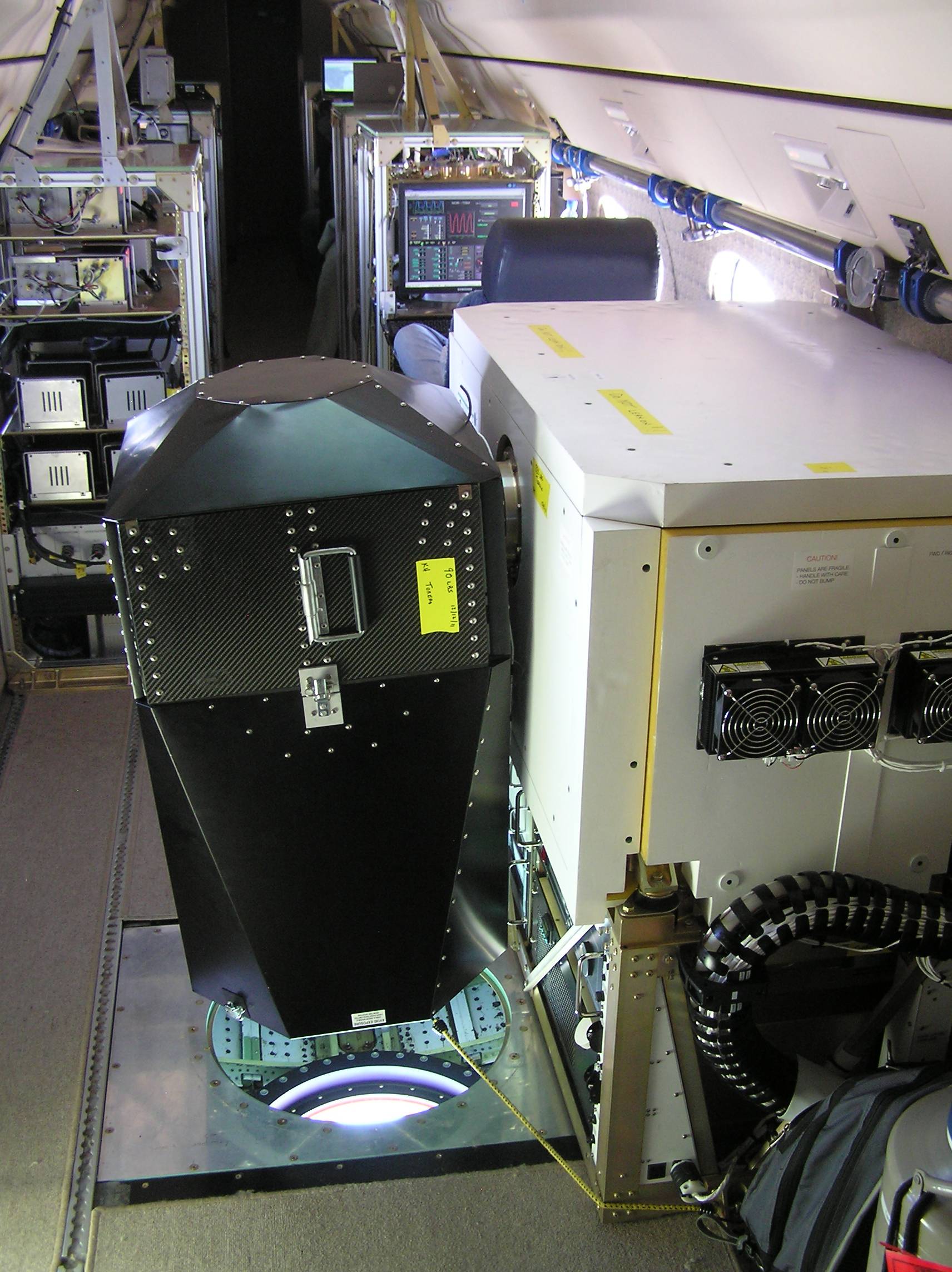SOCRATES is an atmospheric science research project studying cloud-aerosol interactions for liquid and ice clouds, and the role of primary and secondary marine biogenic aerosols and sea-salt. SOCRATES is funded by the National Science Foundation (NSF) with operational support from EOL. The project is led by Principal Investigators from the University of Illinois and the University of Washington, both U.S. universities. SOCRATES aircraft operations will be based in Hobart, Tasmania, and the NCAR Integrated Sounding System being operated on board the R/V Investigator from January - February 2018.
All images must be credited to UCAR/NCAR and may be reproduced in news stories about UCAR & NCAR activities. High-resolution video is available; please send a request to Alison Rockwell.
| IMAGES |
» Click on image to download high-resolution copy. News media terms of use*.
NSF/NCAR HIAPER Research Aircraft
The NSF/NCAR High-performance Instrumented Airborne Platform for Environmental Research (HIAPER) aircraft is a cutting-edge observational platform that will meet the scientific needs of researchers who study many different areas: Chemistry and Climate, Chemical Cycles, Studies of the Upper Troposphere/Lower Stratosphere, Air Quality, and Mesoscale Weather.
To properly cite the aircraft, use the following text: the NSF/NCAR HIAPER Gulfstream V research aircraft
|
© Photo by NSF |
© Photo by NCAR |
|
NCAR Integrated Sounding System (ISS)
For this project, the ISS will be located on the R/V Investigator. The Integrated Sounding Systems (ISS) is a self contained meteorological observing system at the Earth Observing Laboratory of the National Center for Atmospheric Research. The ISS combines surface, sounding, and remote sensing instrumentation to provide a comprehensive description of lower atmospheric thermodynamics and winds.
|
© Photo by NCAR/EOL |
© Photo by NCAR/EOL |
© Photo by NCAR/EOL |
NCAR AVAPSTM (Airborne Vertical Atmospheric Profiling System)
The AVAPS Dropsonde System is a key atmospheric instrument that measures high resolution vertical profiles of ambient temperature, pressure, humidity, wind speed and wind direction. Measurements are taken by a parachuted GPS dropsonde that is launched from the aircraft and descend to the surface. In-situ data collected from the sonde’s sensors are transmitted back in real time to an onboard aircraft data system via radio link.
|
© Photo by NCAR/EOL |
© Photo by NCAR/EOL |
NCAR HIAPER Cloud Radar (HCR)
The HIAPER cloud radar (HCR) is an airborne, polarimetric, millimeter-wavelength radar that will serve the atmospheric science community by providing cloud remote sensing capabilities to the NSF/NCAR HIAPER GV aircraft.
|
© Photo by NCAR/EOL |
© Photo by NCAR/EOL |
© Photo by NCAR/EOL |
NCAR High Spectral Resolution Lidar (HSRL)
The NCAR High Spectral Resolution Lidar (HSRL) is an eye-safe calibrated lidar system that measures back scatter cross section, extinction and depolarization properties of atmospheric aerosols and clouds. The instrument can also be used to detect the presence of oriented scatters in the atmosphere and determine the full (Mueller) backscatter phase matrix.
|
© Photo by UCAR COMET |
© Photo by NCAR/EOL |
| VIDEOS |
External Shots of the NSF/NCAR HIAPER research aircraft
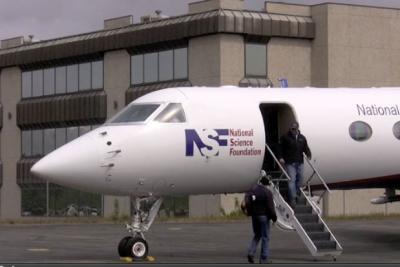
![]() The NSF/NCAR HIAPER research aircraft leaves NCAR's Research Aviation Facility in Boulder, Colorado; takes off against Denver skyline. Landing in Anchorage; tow to hangar. Research prepares dry ice for use chilling onboard instruments. Technicians check instrument pods on wings. Technician explains Data Sampling Module, one of seven minicomputers used to send signals from wing-mounted sensors to monitors on board. HIAPER positioned for takeoff and taxiing on Anchorage runway, mountains in background. (©UCAR. QuickTime, 4:29)
The NSF/NCAR HIAPER research aircraft leaves NCAR's Research Aviation Facility in Boulder, Colorado; takes off against Denver skyline. Landing in Anchorage; tow to hangar. Research prepares dry ice for use chilling onboard instruments. Technicians check instrument pods on wings. Technician explains Data Sampling Module, one of seven minicomputers used to send signals from wing-mounted sensors to monitors on board. HIAPER positioned for takeoff and taxiing on Anchorage runway, mountains in background. (©UCAR. QuickTime, 4:29)
Media Terms of Use
*Media & nonprofit use of images: Except where otherwise indicated, media and nonprofit use permitted with credit as indicated above and compliance with UCAR's terms of use. Find more images in the UCAR Digital Image Library.
The University Corporation for Atmospheric Research manages the National Center for Atmospheric Research under sponsorship by the National Science Foundation. Any opinions, findings and conclusions, or recommendations expressed in this publication are those of the author(s) and do not necessarily reflect the views of the National Science Foundation.
Data Set Documentation Guidelines
Data Archive Submission Instructions
